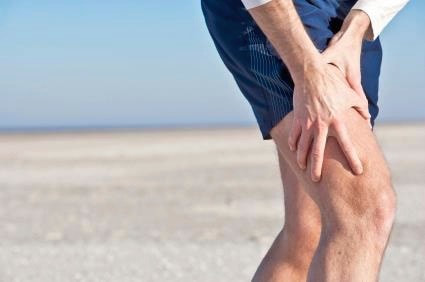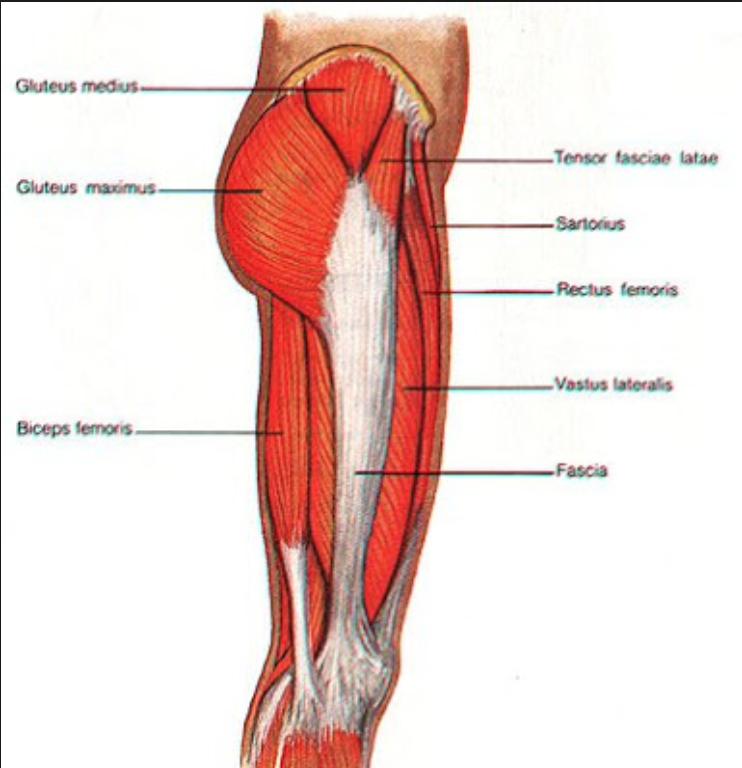|
You often hear people talking about 'roll out their ITB.' However what does that actually do and what is your ITB? In this blog we provide some clarity about your ITB, ITB friction syndrome and how you can treat it. What is your ITB?Your ITB or Iliotibial band is a piece of connective tissue known as fascia.
What is ITB Friction SyndromeThere is a common misconception that your ITB is 'tight.' It is a piece of connective tissue and its role is to stabilise the knee. It needs a certain amount of tension to do its job. It is the muscles around it and that insert into it that get tight. When you bend your knee to 30 degrees your ITB slides across a bony protuberance (area) called your femoral condyle. With altered biomechanical function or any number of the factors described below, it can cause excessive friction of the ITB over the bone. This can lead to irritation, pain and/or inflammation in the area known as ITB friction syndrome. These changes can be from a variety causes:
The key is to work out which of these are contributing to the excessive friction and correct them - which is where allied health professionals such as massage therapists, physios and exercise physiologists can help. What are the Symptoms of ITB Friction Syndrome?
What are the Treatment Options?
For more information on this condition or to book in feel free to get in contact with us and we can point you in the right direction of who to see and how we can help through massage. Comments are closed.
|
AuthorKat Murray, Archives
May 2024
Categories
All
|


 RSS Feed
RSS Feed